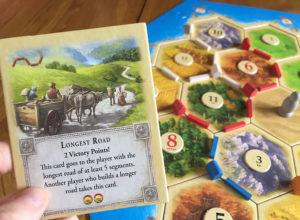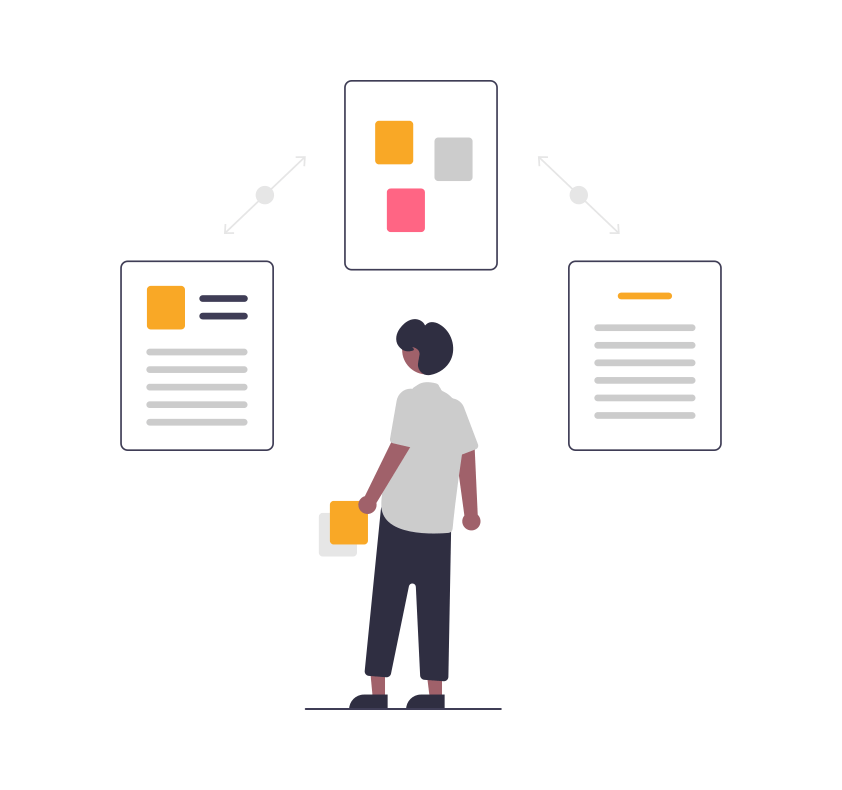Context
Our game is a card game that is built on the idea of stacking ice creams on a cone. Players are rewarded for the most ice cream stacks they create, measured in points.
Prototype Questions
What is an optimal reward system for our game?
For our game, the main objective for a player is to score points. However, we want to offer different types of rewards such that players can implement different strategies for winning. We want to offer these rewards because we want to encourage different types of thinking patterns and increase the difficulty for our game to make it more challenging, and thus, more fun. Similar to how the game of Catan offers bonus points for scoring the longest road or having the largest army, we would like our players to be able to score bonus points as well to create more opportunities for fun.

To create this prototype, we will develop different sets of rewards for our players and play-test them on groups to see which rewards are most effective. We will develop a point system of rewards based on user feedback of which are more or less difficult to achieve. Additionally, we will also create special bonus point cards in our deck that players can collect to test alternative methods for scoring points. I predict that having more types of rewards and ways to win in our game will help users diversify in how they play, thus creating a more challenging game. However, this may also make it more difficult for users to understand the goals of the game without clear instructions.
What player dynamics do different action cards create in our game?
Our game features different types of action cards, including standard ones featured in many games such as Block, Steal, Draw 2, but also incudes unique action cards such as “Cones” to protect the ice cream cone that a player is making. However, as we aim to add more action cards, I want to think about as a game designer what types of interactions that action cards can create. This is important because we want to create a balanced gameplay where players are challenged by the action cards that others play, but they are also challenging others in their actions.
Because our game is a card-based game, I will create a prototype with my team on paper that allows for rapid prototyping by including or excluding different types of action cards to test which combination of action cards is most fun for players. My prediction is a focused set of action cards (around 5-6) with a moderate amount of each card will be more effective than many action cards with less of each card or few action cards with many of each type. This is based on my rationale that you do not want to have too many actions to play that may get confusing for a player. However, you also don’t want too little, as that will make the game feel predictable, boring, or too dependent on chance.
How many players is our game designed for?
As we continue to add cards in our deck, one question we have been discussing is how many players our game is designed for. With a set amount of cards in the deck, we want to make sure that our game can be playable for social groups and not feel too long or two short. Especially because our game ends when the card deck is empty, with too little players it may feel like the game can drag on. Conversely, with too many players, the game may feel too short if players don’t feel like they have enough opportunities to score points.
To combat this, we will design a modular prototype using paper cards where we can vary and keep track of the number of cards we use each time we play. Additionally, we will also play-test our game with different group sizes to find the right balance in the gameplay. By keeping track of the number of cards we use in our gameplay, this will help us find the ideal group size for our gameplay. My prediction is that our game will be best played in group sizes of 4-6 so that they are able to play through the entire deck but still have enough cards to feel challenged. However, I predict that players may need additional pressures, such as time, to feel incentivized to finish the game.



